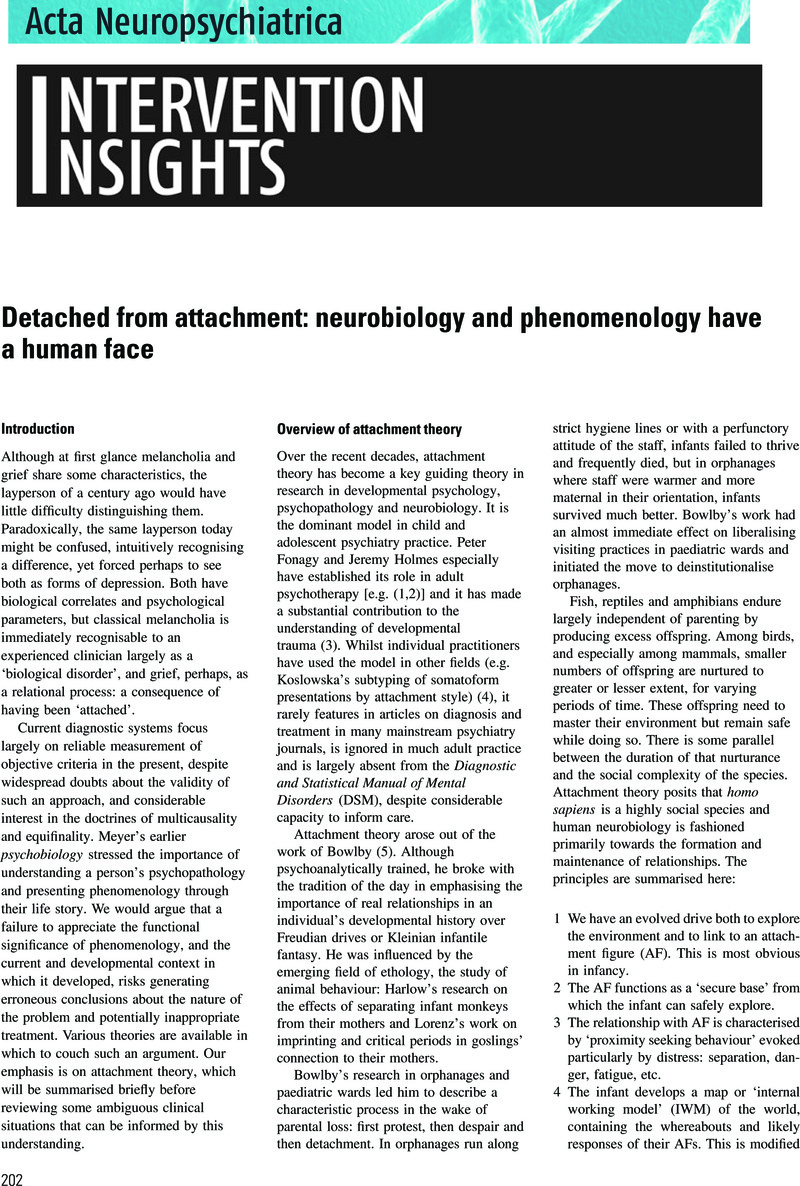Crossref Citations
This article has been cited by the following publications. This list is generated based on data provided by Crossref.
Malhi, Gin S.
2010.
Providing a Critical Role….
Acta Neuropsychiatrica,
Vol. 22,
Issue. 4,
p.
167.
Parry, Peter I.
and
Levin, Edmund C.
2012.
Pediatric Bipolar Disorder in an Era of “Mindless Psychiatry”.
Journal of Trauma & Dissociation,
Vol. 13,
Issue. 1,
p.
51.
Anderson, George
Maes, Michael
and
Berk, Michael
2012.
Advances in Protein Chemistry and Structural Biology Volume 88.
Vol. 88,
Issue. ,
p.
27.
Parpottas, Panagiotis
2012.
A critique on the use of standard psychopathological classifications in understanding human distress: The example of ‘schizoid personality disorder’.
Counselling Psychology Review,
Vol. 27,
Issue. 1,
p.
44.
Basu, Soumya
and
Parry, Peter
2013.
The autism spectrum disorder ‘epidemic’: Need for biopsychosocial formulation.
Australian & New Zealand Journal of Psychiatry,
Vol. 47,
Issue. 12,
p.
1116.
Parker, Gordon
Fletcher, Kathryn
Berk, Michael
and
Paterson, Amelia
2013.
Development of a measure quantifying adverse psychotherapeutic ingredients: The Experiences of Therapy Questionnaire (ETQ).
Psychiatry Research,
Vol. 206,
Issue. 2-3,
p.
293.



